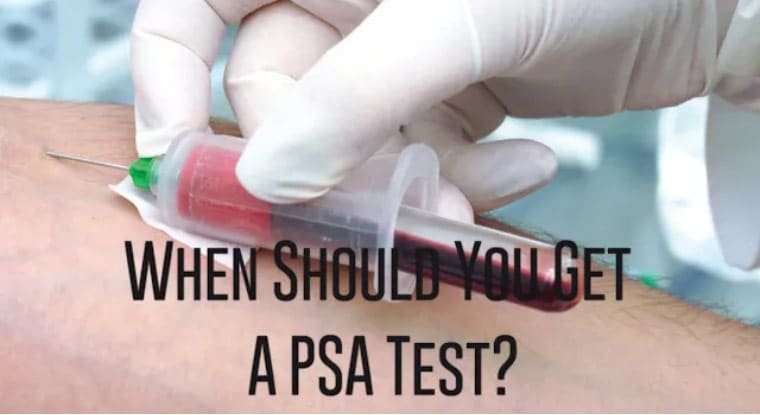Specializing in urology means a lifelong commitment to serving the sick, particularly those with troubling, embarrassing and sometimes life-threatening conditions. Urologists diagnose, treat and care for people with genitourinary tract disorders, such as pelvic pain, kidney stones,
male sexual dysfunction, urinary incontinence, genitourinary tract injuries, enlarged prostate, male infertility and urologic cancers. As a surgical subspecialty, urology involves operating on the kidneys, ureters, bladder, scrotum, urethra and adrenal glands, but treatment varies from patient to patient and may be in the form of surgery, medication or both.
Unique, exciting field
Urology is an amazing and fascinating field of medicine. It’s an opportunity and privilege to improve other people’s lives. As a urologist, you see patients with issues they are often reluctant to discuss. You can help them feel at ease, open up and talk about even the most awkward disorders and then provide treatment to help them overcome these issues. People come to you at their lowest and most vulnerable moments and you work with them to restore hope, meaning and happiness in their lives. For those who love surgery, urology is a delightful and satisfying career as it offers plenty of minimally invasive, laser, laparoscopic and robotic procedures using some of the latest equipment and innovative technologies. But there’s also a lot to enjoy in doing ultrasounds, reading CT scans, performing retrogrades, and much more.
Why I chose urology
I was born and grew up in Shanghai, China, where I completed my medical school education. But for me, pursuing medicine and specializing in urology is something that came quite naturally because serving people and helping those in need was always my passion. Growing up, I always felt a drive to do something to reduce the disease burden in my community, so I routinely participated in activities to help the sick and improve public health. When I went to college, I became convinced that medicine was the right career for me.
I moved to the United States in 1991 and settled in Florida. To advance my medical career, I joined the University of Miami School of Medicine Research, Department of Physiology and Molecular Biology for a research program. During my time in the program, I encountered a lot of urological issues and interacted with quite a number of patients with genitourinary problems. That got me interested in urology. So I went to the University of Pennsylvania for my surgical training, then moved to the University of Nebraska for my urological training.
Areas of expertise
I routinely resolve problems of the male and female urinary tracts, as well as male reproductive health issues. I frequently see men with recurrent urinary tract infections, erectile dysfunction, enlarged prostate and urinary incontinence. But I also perform a lot of surgical procedures and manage issues around the testicles beyond just doing vasectomies. For example, I offer treatment to eliminate testicular pain, laser therapy for urinary stones, sling procedure to relieve incontinence, urethral dilation to relieve urethral strictures and robotic surgery to treat urological cancers. I work closely with my patients on the type of care to give them to ensure the best possible outcomes.
Long-term relationships
As urologists, we have a unique ownership of our patients. For instance, as men’s health doctors, we conduct annual exams, treat erectile dysfunction, and follow those with benign prostatic enlargement and voiding issues. That means we are always helping patients on long-term care, even for more than 10 years. And as we see these patients for that long, operating on them, providing medical management and actually getting to know them so well, we enjoy a wonderful bond and lasting relationship with them. It’s also unique that patients tell us more about themselves than they’ve ever shared with anyone else.
As a urologist, you have to be open and welcoming, and prepared to find a quick common ground with your patients — maybe tell a joke or two to lighten the mood — before they feel comfortable and able to discuss their issues freely with you. Practicing urology means you are always in a position where you can influence the way people talk about and care for their health. For example, many men don’t realize that they may need to have their prostate checked, but talking to them about it ensures they are able to begin annual prostate checks as early as possible. Likewise, for guys worried about their penis size, you have the chance to inform them and make them finally understand that they are fine.
Job satisfaction
Like any other career, urology has challenges. From intense schooling, hectic work schedules and continuous medical education to the desperation and futility of finding your patients with advanced disease, urology is a high-pressure specialty with unique difficulties. But if you love your job and are committed to working through these hardships, you’ll always find it a pleasure going to work every day. I love urology because of the honor it gives me to make other people’s lives better. It’s a unique position to have people trust you with their problems and I can’t stop feeling lucky for it. That makes me even more committed to giving my best for every patient. Urology is also a career that’s intellectually and emotionally
fulfilling. A lot of the procedures and techniques involved in treating urological conditions are innovative and exciting. So despite many years of experience, you continue to learn new things and enjoy new experiences.
Why Advanced Urology Institute?
I joined Advanced Urology Institute in 2002 and soon realized that it was the best thing that ever could have happened to my career. At AUI’s Pinellas Urology where I have worked ever since, I found an already very progressive urology practice with wonderful people and top-notch systems. In fact, soon after joining the center, I was able to start performing laparoscopic and neurostimulation procedures and then to quickly specialize in InterStim therapy for urinary control. The fact that all administrative work has been centralized also means we have all the time to think through and provide the best possible care to our patients.
At AUI, there is a sense that what we do is sacred and that we have to collaborate with other professionals and do it well. So we are always working together with other knowledgeable, experienced and certified specialists to improve our skills and proficiency, grow in our areas of specialization and advance our careers. AUI is a wonderful place to practice urology. For more information on urology, urological conditions and the world-class services provided by AUI, visit the “Advanced Urology Institute” site.
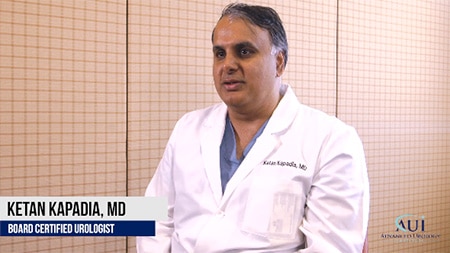 Obviously the heat is going to play a major role, a lot of it has to do with our diet unfortunately as well. [As with] an American diet, we just don’t eat very well, we’re all a little heavier and that also increases the risk of kidney stones as well.
Obviously the heat is going to play a major role, a lot of it has to do with our diet unfortunately as well. [As with] an American diet, we just don’t eat very well, we’re all a little heavier and that also increases the risk of kidney stones as well.


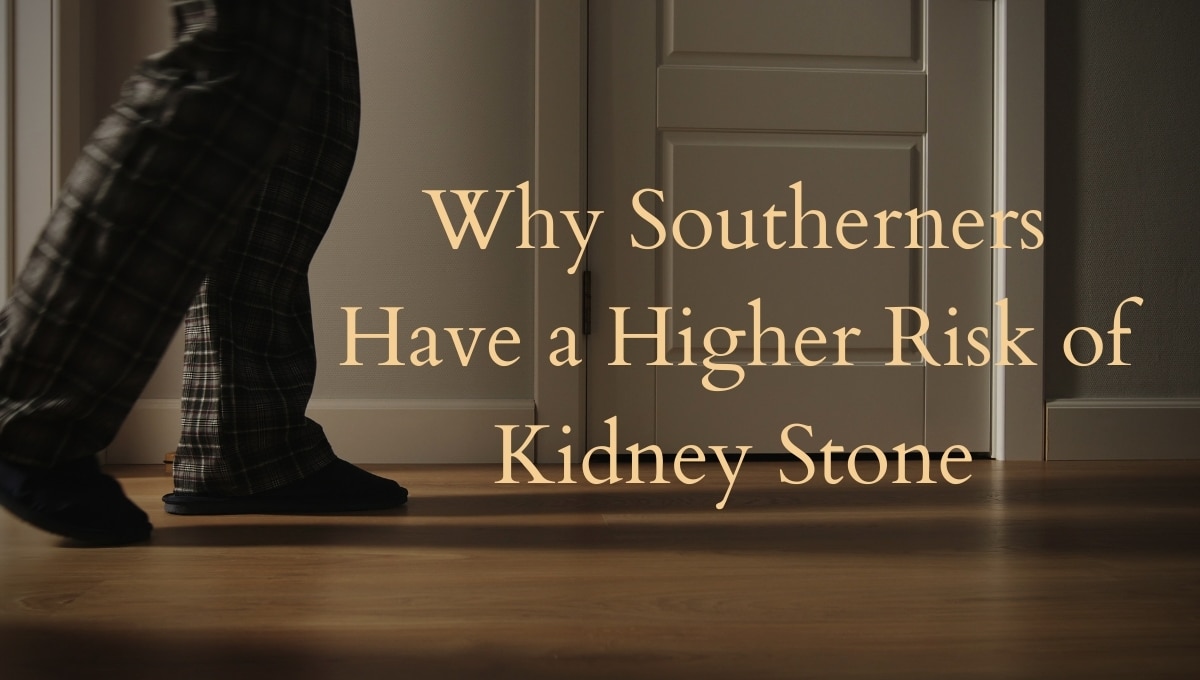
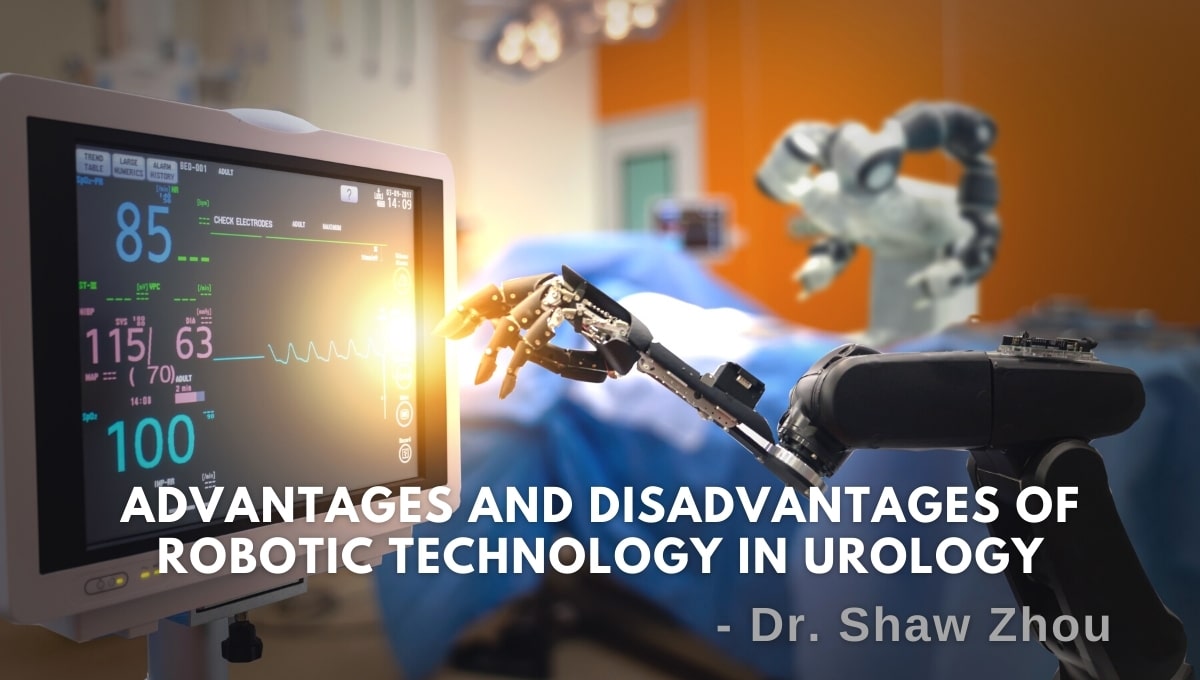
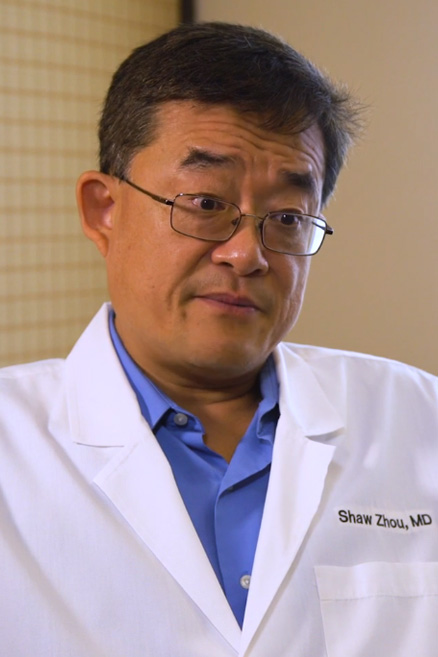

 Prostate cancer has a new standard of care in MRI-guided fusion biopsy with transrectal ultrasound. While a prostate biopsy has been the only way to get a definitive diagnosis of prostate cancer, it has only been working if cancer cells are identified in the sample tissue. But in some cases, such as when the tumor occurs at the top surface of the prostate or other unusual locations, a biopsy may not give a correct diagnosis. For instance, the standard TRUS (transrectal ultrasound) guided biopsy in which tissue samples are collected from the prostate in a systematic pattern gives a negative result with tumors located in unusual areas of the prostate. About 15-20 percent of tumor locations can be missed by the biopsy needle.
Prostate cancer has a new standard of care in MRI-guided fusion biopsy with transrectal ultrasound. While a prostate biopsy has been the only way to get a definitive diagnosis of prostate cancer, it has only been working if cancer cells are identified in the sample tissue. But in some cases, such as when the tumor occurs at the top surface of the prostate or other unusual locations, a biopsy may not give a correct diagnosis. For instance, the standard TRUS (transrectal ultrasound) guided biopsy in which tissue samples are collected from the prostate in a systematic pattern gives a negative result with tumors located in unusual areas of the prostate. About 15-20 percent of tumor locations can be missed by the biopsy needle.
